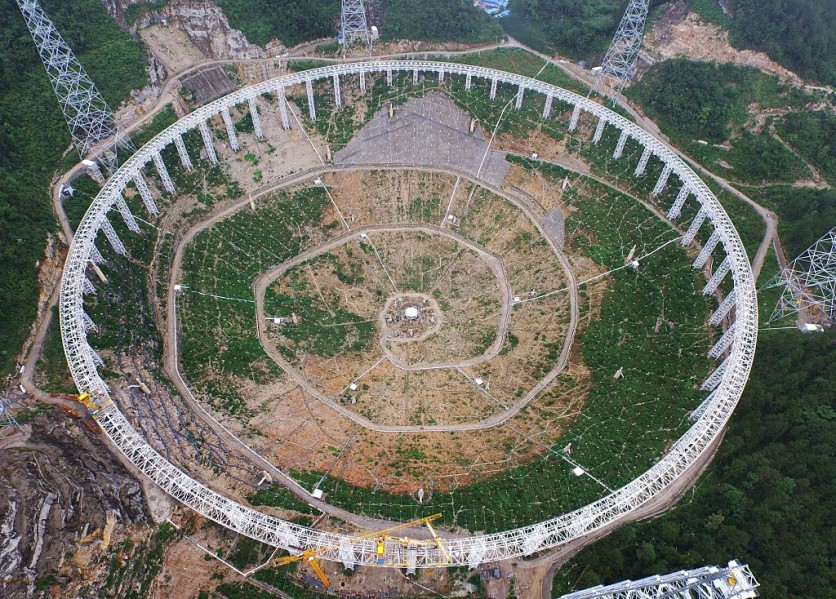China plans to build a general-purpose optical telescope with the greatest aperture in Asia as soon as possible between 2024 and 2030 to compete with other nations' optical astronomical telescopes.
Peking University is in charge of the project, known as the Expanding Aperture Segmented Telescope (EAST) in English.
It will be built in two phases with diameters of 6 meters and 8 meters, depending on the growth type, considerably enhancing China's optical astronomy's observational capacity, per a Peking University statement.

All-Purpose Optical Telescope
The telescope is minted to ensure the production of top-notch scientific findings, offers the prerequisites for optical observation, and builds invaluable expertise that China may use to construct larger-caliber ground optical telescopes and launch massive space-splicing telescopes in the future.
The 6-8m all-purpose optical telescope, which uses splicing mirror technology, can be built in two phases over seven years. A rack and a dome will be constructed in the first phase, which will last for five years, from 2024-2028.
18 sub-mirrors split the main mirror in the middle, resembling an Earth-based James Webb Space Telescope. The mirror measures around 6 meters (5.76*6.24 meters). It has a 5.5-meter caliber.
The primary mirror's size is around 8 meters and the aperture is 7.8 meters. The second phase, which spans the following two years, 2029-2030, will add 18 sub-mirrors to the periphery.
Imaging cameras and low- and medium-resolution imaging spectrometers are part of the first phase of focal plane instruments, whereas high-resolution spectrometers, polarimeters, and other equipment will be included in the second phase.
The project will probably cost between 500 and 600 million yuan ($71-68 million) in total, according to Peking University.
Read also : Astronomers Map the 'Poor Old Heart' of the Milky Way Galaxy Brimming with 2 Million Metal-Poor Stars
Domestic Site Selection
EAST would be constructed on Saishiteng Mountain, next to Lenghu Town, in the Tibetan plateau's Qinghai Province, with an elevation of roughly 13,800 feet (4,200 m).
The domestic site selection team has monitored the Lenghu Saishiteng Mountain's site parameters thoroughly for three years at an altitude of 4,200 meters.
During this time, they have collected data on atmospheric seeing, skylight background, the proportion of clear nights that can be observed, weather, dust, and atmospheric turbulence, as well as a significant amount of data on precipitable water vapor.
At the Saishiteng Mountain Station location, Peking University notes that the skylight background is darker than 22 magnitudes/square arcsecond on a moonless night, and the median viewing value is 0.75 arcsecond.
The university adds that the quality of the sky is excellent and clear about 70% of the time.
EAST would be a great supplement to China's expanding astronomical projects. The nation has constructed the FAST radio telescope, the largest single-aperture radio telescope in the world, and anticipates launching the Xuntian space observatory in late 2023.
Related Article : [LOOK] NASA's James Webb Space Telescope Snaps Image of Neptune's Bright Rings in More Than Three Decades

ⓒ 2026 TECHTIMES.com All rights reserved. Do not reproduce without permission.




